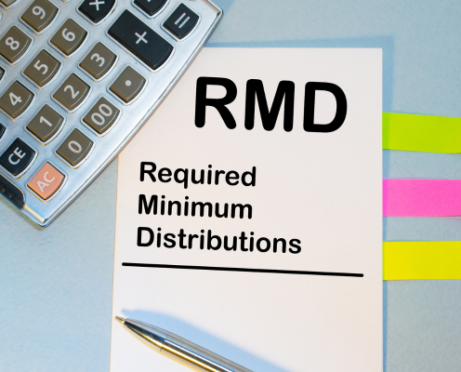You’ve probably heard that property values are on the rise. According to Quicken Loans, appraised values have risen 6.47 percent annually. With many homeowners likely seeing their equity on the rise, it’s a great time to use the extra cash for other purposes. Let’s look at four great uses for a cash-out refinance:
- Debt consolidation
- Home improvement
- Building your nest egg
- Funding College
1. Debt Consolidation
Credit cards can be very convenient. If you pay them off every month, it makes sense to put several expenses on the card to rack up cash back, shopping, or travel rewards faster.
But what if you’re carrying a balance or making the minimum payment each month? That could spell trouble for you very quickly. The average interest rate for credit cards has recently been nearing 17 percent, according to Bankrate. And if you get too far behind? Well … that’s a spiral no one wants.
While mortgage rates have risen recently as the Federal Reserve has backed off of past federal stimulus programs, it’s important to note that rates are still extremely low. If you were able to take cash out to pay off a few big credit card balances at a rate of 5.25 percent, that’s much better than paying them off at the 16.97-percent credit card interest rate.
Debt consolidation can provide a light at the end of the tunnel if you find yourself struggling with any kind of high-interest debt.
2. Home Improvement
Perhaps you’ve had your eye on that new backyard patio for a while. Maybe it would be nice to have an extra bedroom for houseguests. But depending on what you’re looking to do, home improvement may not come cheap.
According to HomeAdvisor, the average cost to remodel multiple rooms in the U.S. is $39,961. Of course, this depends on the scope of your project, but you can see that you probably won’t find the coin for that awesome bathroom remodel in your couch cushions.
Consider using your equity to finance your projects as an investment in your future.
After all, when done correctly, a home improvement project should add value back to your home.
3. Building Your Nest Egg
Financial firm PwC conducts an employee financial wellness survey each year. One of the things they track is the amount that people have saved for retirement. Every year without fail, it’s less than ideal.
Overcome Your Debt and Save Money
According to the survey, 42 percent of millennials have less than $50,000 in retirement savings. A lot of them are just starting out and have many years ahead before retirement. What’s truly scary is that 43 percent of baby boomers have less than $100,000 saved for retirement. Of those baby boomers, 32 percent have less than $50,000 saved.
If you find yourself feeling like you need to do some catch-up, take cash out of your home as a low-interest way to give your retirement fund a boost without having to take a night job at a gas station.
4. Funding College
Although it can vary greatly based on factors like public vs. private and in-state vs. out-of-state tuition, the cost of college was anywhere from $12,000 to $45,000 according to recent data from the 2021–2022 school year. College seems to be getting more expensive with each passing year, but a college degree is a requirement in many fields just to get an interview.
Similar to your retirement fund, if you’re working to start a college fund for your child or grandchild — or possibly boost their savings — a cash-out refinance is one avenue that you can look into to help your pride and joy get a leg up. This can also prevent him or her from graduating with massive student loan debt.









